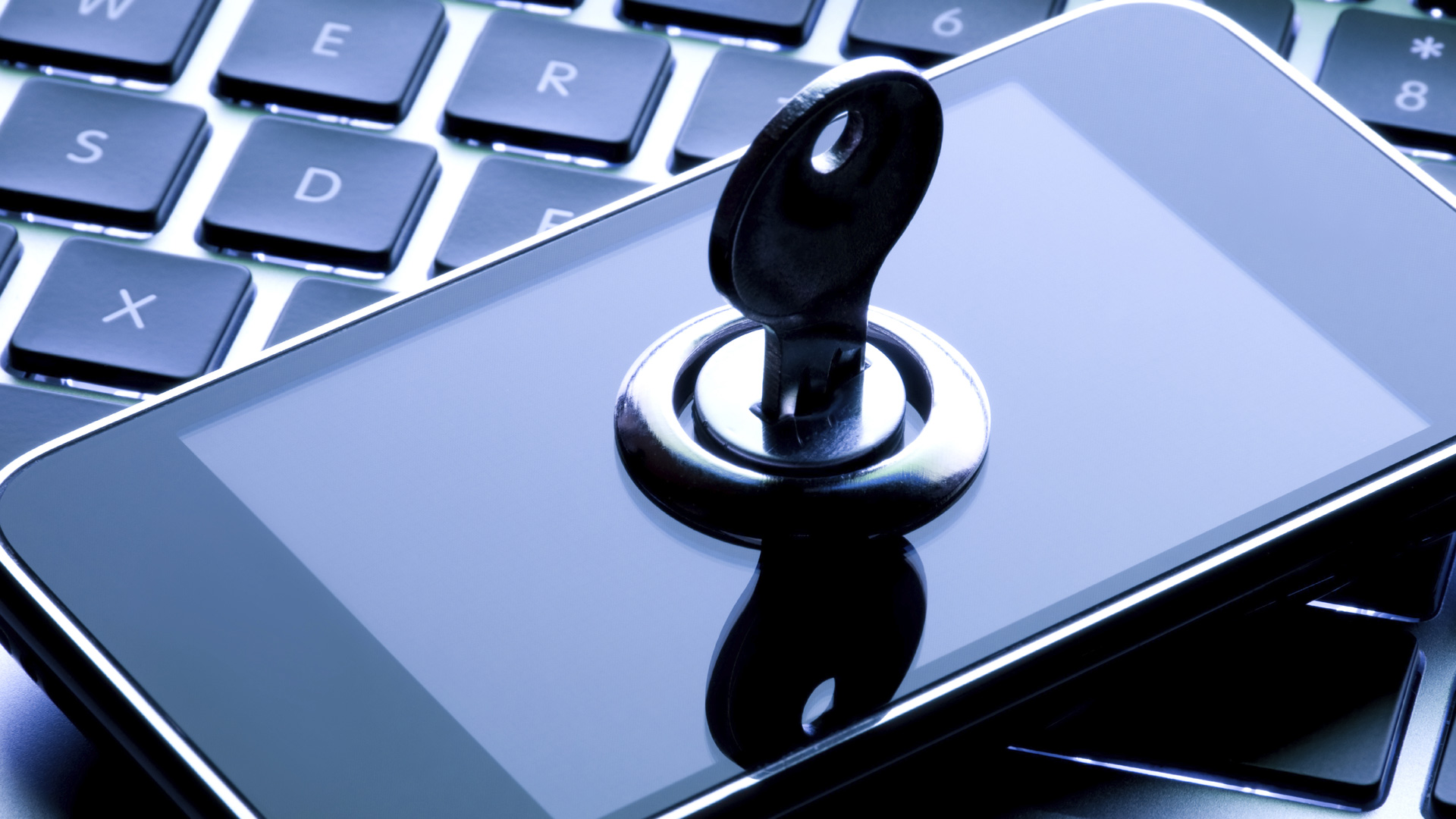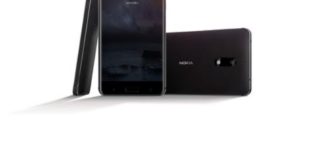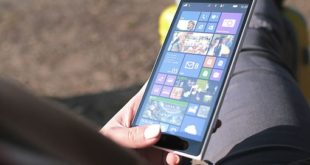It is really important that you should use security measures for your smartphone. Here are 9 ways to boost Smarthone Security
- Use a screen lock
Many new phones offer a “pattern lock” – a personalised shape or pattern that is drawn on the screen to grant access. However, ensure that the screen is cleaned regularly.
If your phone is stolen or lost any finger traces can sometimes be seen and accessed on the screen. Alternatively a PIN code offers an alternative and can also save time. Make your password difficult to crack but memorable for you.
- Use a SIM card lock
A screen lock is helpful but won’t stop someone removing the SIM card from your phone and using it on another phone. To prevent this from happening, set up a SIM card lock in the form of a PIN number that will need to be entered when a phone is turned on in order to connect to a network.
- Protect sensitive data
While PIN entry and password locks are helpful, a smartphone is effectively a miniature computer with often easily removable storage. It’s far too easy to retrieve data by simply plugging it into a computer or removing a microSD card.It’s important to protect sensitive data saved to internal storage. Software is available that can encrypt files or folders so that a code must be entered before a file can be viewed or copied.
- Wireless protection
Any device that’s can send data across the airwaves is a concern for security.
Always switch off your wireless connection when it’s not in use. It ensures that people can’t connect to a device without your knowledge. It’s also worth checking your phone’s network security settings as it might be configured to automatically connect to a network when in range without you knowing.
- Protect bluetooth use
Bluetooth isn’t generally seen as a risk as it has a relative shot range (10 metres approx). However, hackers have been known to remotely access a phone if they are in range.
Ensure that bluetooth is turned off when not in use. Set the bluetooth configuration to ‘non discoverable’, so that people searching for nearby devices can’t see yours.
- Application download security
Unfortunately the increase in malware relating to smartphones has increased the need to be cautious when downloading applications, and to pay attention to the requirements that any software requires when you install.
It can be very easy not to read anything in an effort to get the app up and running, but be careful of any demands to access various features of your phone, particularly if the app isn’t well known.
- Internet browsing
Be careful when accessing a web browser on your smartphone as it can be easy to accept messages that pop up.
If any security warning pop up when looking at a website, take note of it and leave the website if needed.
- Turn off geotagging
Many smartphone social networking apps automatically upload photos to the Internet. The problem with this is that many phones embed location tags, also called “geotags,” right into the photo files themselves.
Anyone with the right software can look at your Facebook or Flickr pictures and find out where you have been and where you are right at that very moment.
The geotagging feature can be turned off on most phones which gives you privacy and ensures that you can’t be found by someone you might not wish to be found by.
- Install antivirus
The capabilities of smartphones are approaching those of a PC, but most people have no form of protection, although they can face similar threats.
Spam containing malware attachments or links to attack sites or infected apps that exploit weaknesses in the operating system are all starting to appear.
Many antivirus companies now offer free versions of their commercial mobile products and also protection for multiple PCs and a phone, for a yearly subscription
 Doorsanchar Nepalese Telecom News, Smart Phones, Tablets, Mobiles, Gadgets, ICT & Telecom issues, Nepal Telecom, Ncell, Teleosonera, STM Telecom Sanchar, Nepal Satellite Telecom, Hello Mobile, Internet in Nepal, Business on Telecom Sector in Nepal, Views, Blogs, ICT News, Views, Reviews from Nepal, Mobile Prices in Nepal, Buy a Mobile in Nepal, Comparative mobile prices, Smart Phone in Nepal, Buy a smart phone in Nepal, Nepal Cheapest Mobiles, Nepal Doorsanchar Company Limited, Nepal Telecom News, smart, NTC, Namaste, GPRS, ADSL, internet, DSL, IP, Gramin Telecom, Rural Telecom, iPhone, Apple in Nepal, Sewa Telecom, Reynolds Holdings, SMS, MMS, Free Phone, CDMA, internet in Nepal, Nepal Phone, Free Phone Nepal, Website hack, WWW, http://, Telecom Issues, Telecom Magazines, Huwai, ZTE, Samsung, Motorolla, Panasonic, Smart TV, configure ADSL, Subscribe internet, Cable, DSL, Internet Speed Test, Test My Net Speed, Online Cinema, Free Calling Card, Nepal Tech, Tech Nepal, Tech 2 Nepal, Travelling Nepal, News Nepal, Nepal News, ekantipur, onlinekhabar, nagariknews, mysansar, Camera, Tablet, LTE, Ultrabook, E Cards, FTP, Google, Cloud, Cloud computing, cloud service, Mac, Free software, software freedom, downloads, download free software, Nepal software, play, google play, android apps, applications, IOS, Apple, Facebook, google.com, facebook.com, social networking, domain, free domain, Nepal Website, Website making, website design, free calling cards, chat, Nepal Chat, Nepalese websites, Traveller sites in Nepal, Wallpapers, Nepalese wallpapers, New Walpapers, The Pirates bay, download software, Free website making, eticketing, eservice, egovernance in Nepal, egov, Nepal electronics good, Mobile Expo in Nepal, Mobile Market, Nepal Mobile Price, Nepal Tech News, Nepal Telecom News, Nepal Doorsanchar News, All telecom News, Tech News, Living with ICT and Telecom, Lifestyle, Ebooks, ereadings, elibrary, free books online, free software online, online media
Doorsanchar Nepalese Telecom News, Smart Phones, Tablets, Mobiles, Gadgets, ICT & Telecom issues, Nepal Telecom, Ncell, Teleosonera, STM Telecom Sanchar, Nepal Satellite Telecom, Hello Mobile, Internet in Nepal, Business on Telecom Sector in Nepal, Views, Blogs, ICT News, Views, Reviews from Nepal, Mobile Prices in Nepal, Buy a Mobile in Nepal, Comparative mobile prices, Smart Phone in Nepal, Buy a smart phone in Nepal, Nepal Cheapest Mobiles, Nepal Doorsanchar Company Limited, Nepal Telecom News, smart, NTC, Namaste, GPRS, ADSL, internet, DSL, IP, Gramin Telecom, Rural Telecom, iPhone, Apple in Nepal, Sewa Telecom, Reynolds Holdings, SMS, MMS, Free Phone, CDMA, internet in Nepal, Nepal Phone, Free Phone Nepal, Website hack, WWW, http://, Telecom Issues, Telecom Magazines, Huwai, ZTE, Samsung, Motorolla, Panasonic, Smart TV, configure ADSL, Subscribe internet, Cable, DSL, Internet Speed Test, Test My Net Speed, Online Cinema, Free Calling Card, Nepal Tech, Tech Nepal, Tech 2 Nepal, Travelling Nepal, News Nepal, Nepal News, ekantipur, onlinekhabar, nagariknews, mysansar, Camera, Tablet, LTE, Ultrabook, E Cards, FTP, Google, Cloud, Cloud computing, cloud service, Mac, Free software, software freedom, downloads, download free software, Nepal software, play, google play, android apps, applications, IOS, Apple, Facebook, google.com, facebook.com, social networking, domain, free domain, Nepal Website, Website making, website design, free calling cards, chat, Nepal Chat, Nepalese websites, Traveller sites in Nepal, Wallpapers, Nepalese wallpapers, New Walpapers, The Pirates bay, download software, Free website making, eticketing, eservice, egovernance in Nepal, egov, Nepal electronics good, Mobile Expo in Nepal, Mobile Market, Nepal Mobile Price, Nepal Tech News, Nepal Telecom News, Nepal Doorsanchar News, All telecom News, Tech News, Living with ICT and Telecom, Lifestyle, Ebooks, ereadings, elibrary, free books online, free software online, online media

















